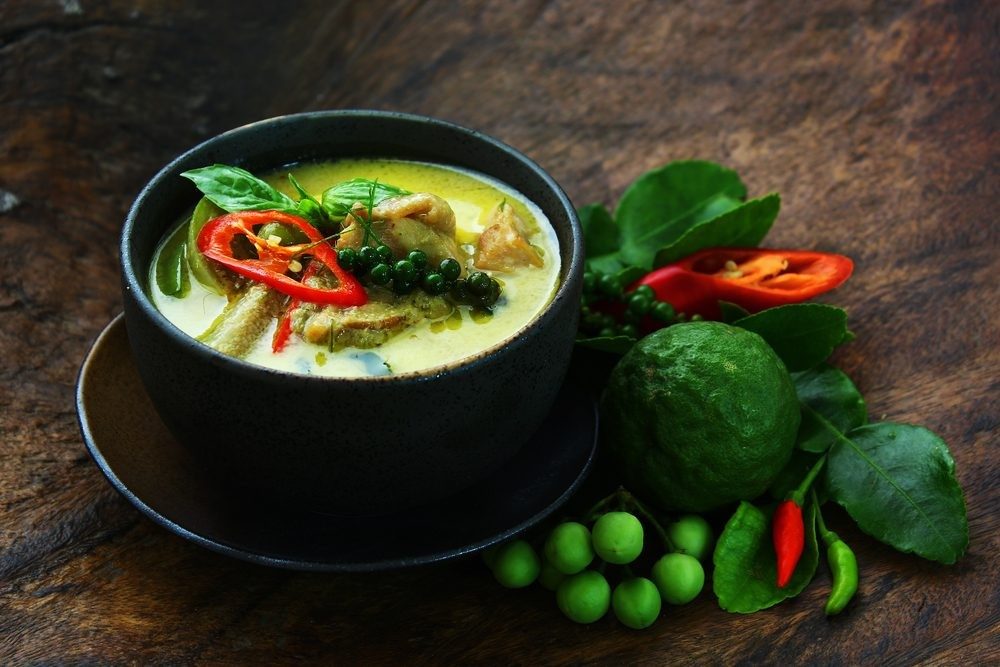CATEGORIES
- Latest News
- Interviews
- Golf Travel
- Features
- Juniors
- Competition
- Events
- Health
- Equipment
- Fashion
- Archive
INFORMATION
CURRENT ISSUE

SUBSCRIPTIONS




Professional golfers can spend up to 8 hours a day on the golf course working on specific skills, playing practice rounds or competitions. During a tournament, most players will participate in a practice session at the end of the day’s game. Cross-training, including strength training, aerobic conditioning and flexibility also feature in most players’ training schedules to strengthen muscles involved in playing the game, improve their endurance and minimise the risk of injury.
Tournaments are conducted as a single round on one day or as multi-day competitions of two or four rounds on consecutive days. In Australia, winter is the Pro-Am competition season and professional players typically travel on a circuit between club tournaments. During this season, a pro-golfer could play in ten tournaments, for a total of fifteen days of competition each month. The major international tournaments in Australia are played from January to March and from October to December, around the major international season that runs from April to October. As such, pro-golfers are on tour most of the year, travelling all over the world to compete in international tournaments.
Playing conditions vary widely however most tournaments are played in the summer months, and often in the hottest part of the day, which highlights the requirement for good hydration habits.
Golfers’ physiques vary widely and top players come in all shapes and sizes. Although the nature of the game is lower intensity, higher body fat levels may impair performance through greater heat intolerance, (and thus a greater susceptibility to physical fatigue) and an increased risk of injuries.
A general healthy eating pattern helps to support the needs of fit, energetic, and lean golfers. Nutrition is often based around lean proteins for muscle repair and recovery and quality carbohydrate foods to match fuel needs. In addition, fruit, vegetables, nuts, seeds and wholegrains provide important vitamins and minerals, along with healthy fats.
Low glycemic index (GI) carbohydrates choices such as brown rice, multigrain bread, porridge, or baked beans can be better fuelling options to sustain training requirements and prevent fatigue over long days of training and competition.
Individual nutrition requirements will be determined by training load, specific athlete needs, training goals, body composition goals, health and adjustment for growth in younger athletes.
FLUID NEEDS
Dehydration can lead to fatigue, reduced skill performance, impaired ability to focus and concentrate for longer periods. At higher levels, dehydration can also contribute to heat stress. As golf is largely a game of skill and requires a high level of concentration to be sustained over several hours or more, it is very important golfers drink sufficient fluid to maintain good hydration levels. Fluid requirements vary largely depending on the players’ size, gender, time in play and environmental conditions.
During competition and practice or training rounds, access to adequate fluid on the course is an important part of maintaining hydration. Fluids should be carried in the golf bag and efforts should be made to keep the fluids cool for increased palatability and appeal. Fluid requirements generally increase as the temperature increases so golfers should monitor their sweat rates to determine their individual fluid needs – an Accredited Sports Dietitian can help with this. Sports drinks or electrolyte replacement solutions can be useful for long practice rounds and during competition as they replace fluid and electrolytes for hydration as well as some carbohydrate to top up energy/fuel needs.
Golfers can expect to play a round of golf for up to 5 hours so it is important to eat a nutritious meal prior to starting to maintain steady blood sugar and energy levels to prevent fatigue throughout the round.
The timing of the meal depends on the tee-off time for the round. As this start time can be varied, golfers need to develop a nutrition plan that can be easily adapted to suit different starting times.
Each athlete is different, but golfers will often eat a pre- competition meal around 2 to 3 hours before the start of the round. This meal should contain some carbohydrate for fuel as well as some fluids for hydration. A small amount of protein in the meal is also useful, as it can help to prevent hunger over a potentially long round of golf.
Some suggestions for a pre-event meal are:
Depending on the tee-off time, players may need an additional top up snack 30 minutes - 1 hour prior depending on the timing of their last meal. This is often something light that is rich in carbohydrate but relatively low in fat and fibre so it is easy to digest. Some suitable snack ideas include:
For golfers who may be nervous or struggle with a poor appetite before competing, a liquid source of protein and carbohydrate such as a fruit smoothie can be a good option.
Players should work closely with an Accredited Sports Dietitian to trial nutrition strategies during training and practice matches to find a plan that works best for them.
As a round of golf can last for several hours it is necessary to replace fluid and carbohydrate throughout the round. It is also common that because of the timing of a round, that a golfer may miss a meal (e.g., lunch). Therefore, it is important to replace these nutrients during and after the round.
Having a small healthy snack every 4-6 holes can be helpful for topping up energy levels and maintaining concentration.
Good snacks to have in a golf bag include:
While water is the priority fluid during training and for hydration during the day, and during most rounds, sports or electrolyte drinks may be useful during long rounds or for players identified to have heavy fluid losses as they can deliver some carbohydrates and help with hydration.
Recovery nutrition is especially important when playing multiple rounds in one day over multi-day tournaments. Recovery meals and snacks should contain carbohydrate (fuel), some protein (for muscle repair and development) and plenty of fluids and electrolytes to replace sweat losses.
Some examples of suitable recovery foods are:

Serves 4
Ingredients:
Method:

Serves 3
Ingredients:
Method:
Words by Loren Chambers

Previously worked in AFL and at the Vic Institute of Sport (with the golf, diving, netball development and cycling programs).
Currently, living the coast life and seeing online clients through Compeat Nutrition (specialising in endurance and ultra-endurance
athletes).
Empowering you to take performance to the next level! SDA is the peak professional body for Accredited Sports Dietitians, working with active Australians to achieve their health and performance goals with credible and expert sports nutrition advice.
To ensure advice is tailored to your specific needs, head to the Sports Dietitians Australia website at https://www.sportsdietitians.com.au/ and make an appointment with your local Accredited Sports Dietitian.
For more sports nutrition information and resources head to the Sports Dietitians Australia website and don’t forget to subscribe to the SDA ReFuel digital magazine which is a free quarterly publication that showcases the role nutrition plays in exercise performance.